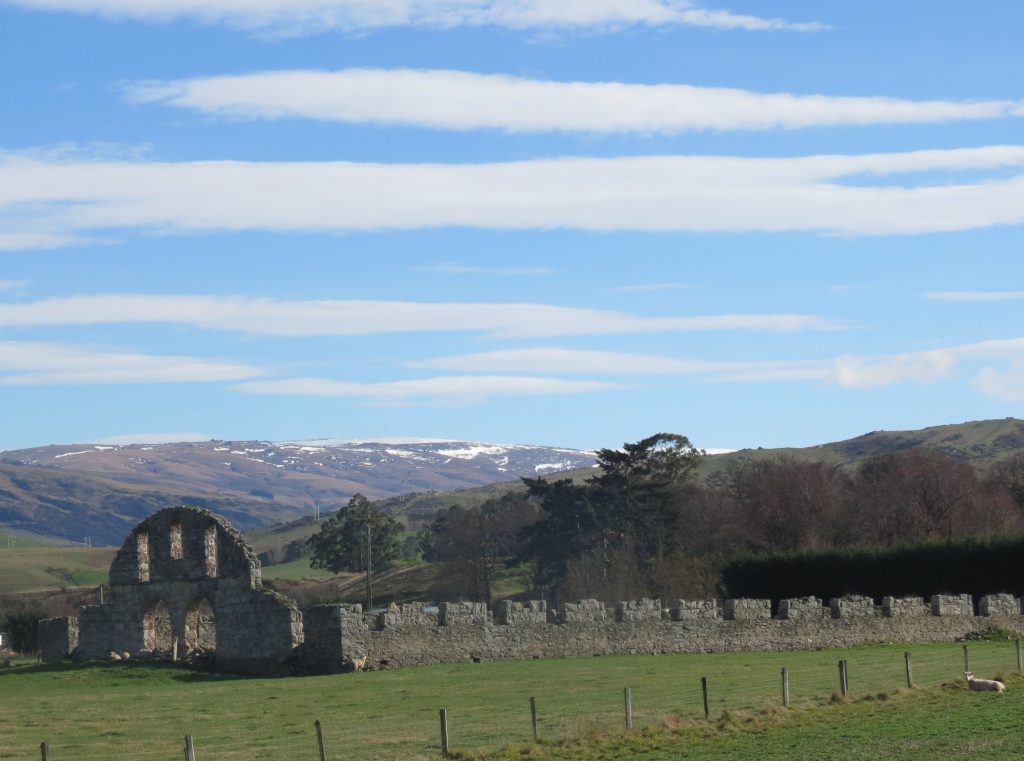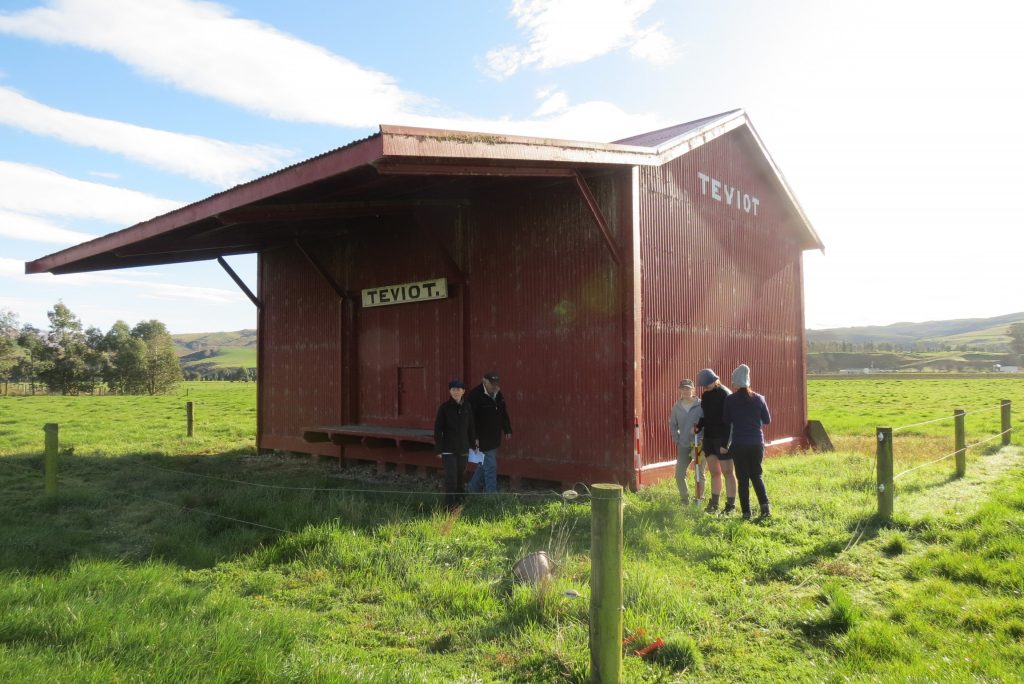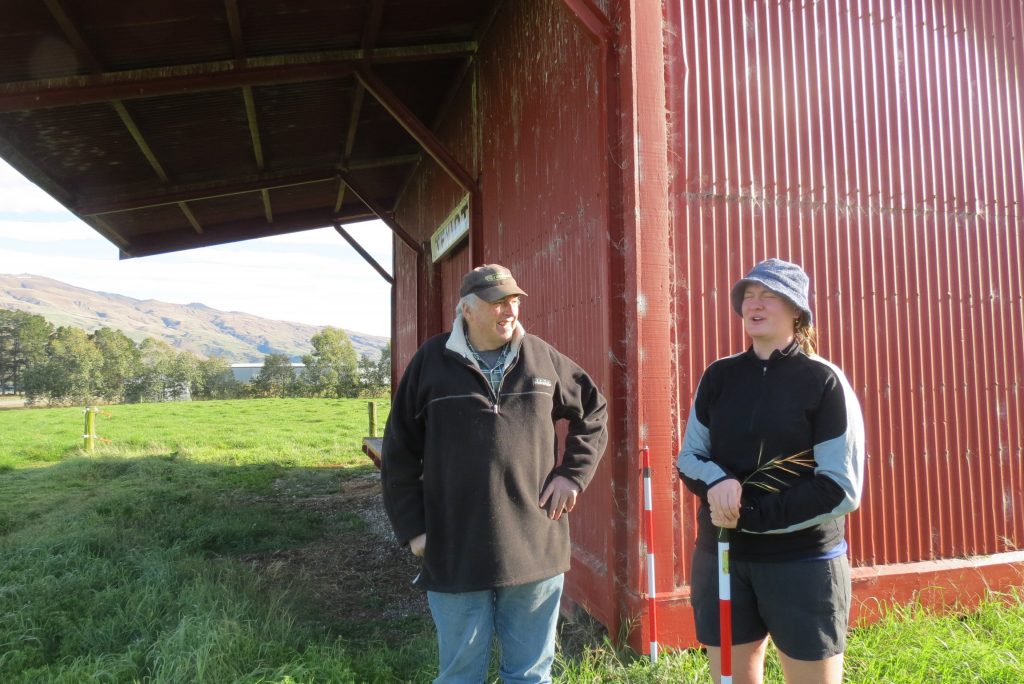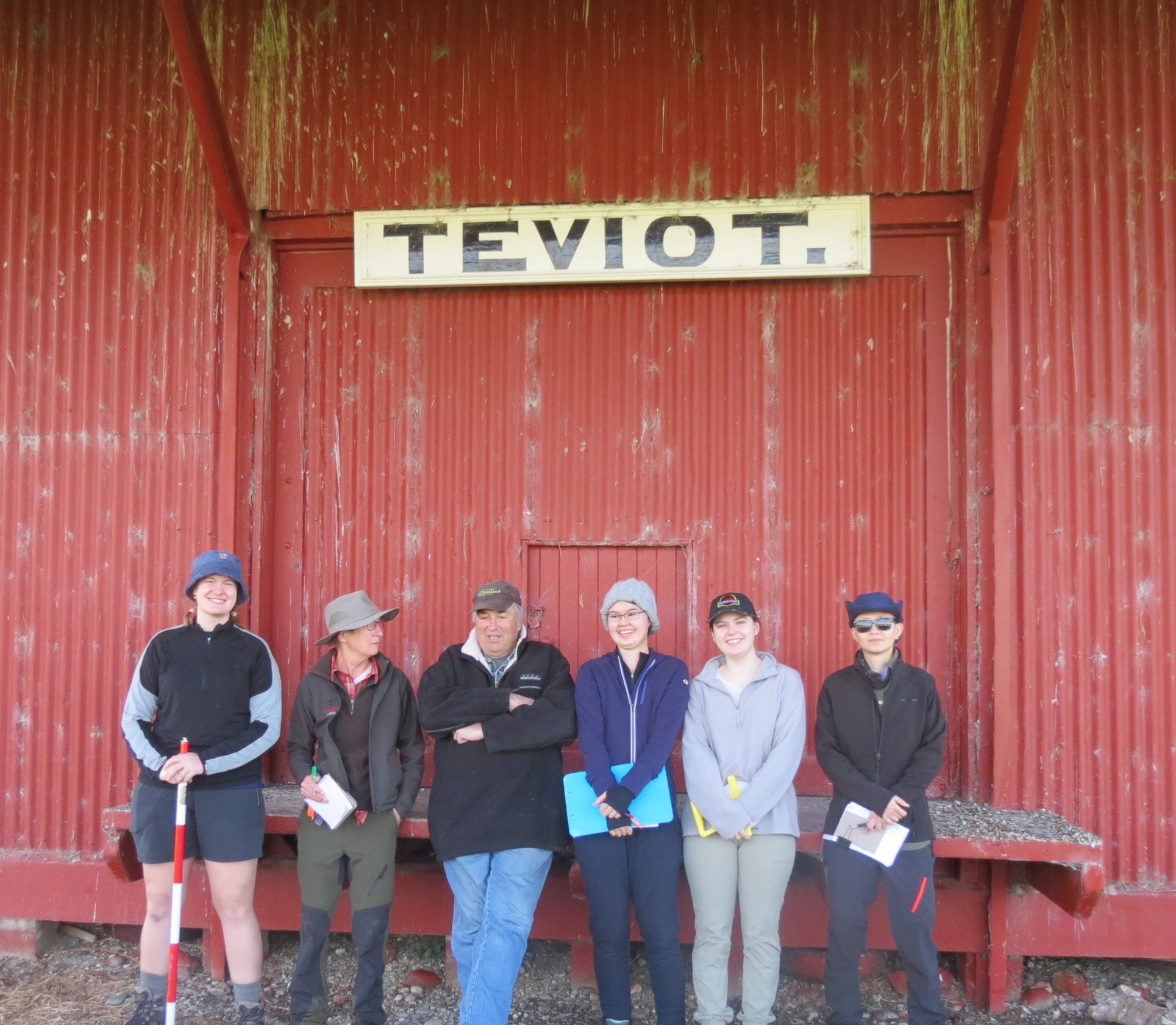Historic reviews being done by the Otago Goldfields Heritage Trust (OGHT) will bring Central Otago into line with other areas of New Zealand in terms of their knowledge and database.
The reviews would also benefit the local community in a range of ways, OGHT secretary and projects manager Terry Davis said.
Those include informing funding decisions and priorities for restoration projects, and potential educational, business and tourism opportunities.

Absolute Archaeology director Shar Briden led a team of student volunteers around Millers Flat last month to upgrade site records the New Zealand Archaeological Association holds on the website ArchSite.
Teviot Museum trustee Peter Macdougall showed the group around several sites near Millers Flat last Wednesday.
‘‘We are going to be recording sites that haven’t been recorded before as well,’’ Ms Briden said.
‘‘Some of those are stone barns, workman’s cottages, cook shops — a lot of the pastoral history is really important.’’
Mr Davis said many historical sites were added to the archaeological association’s database in the 1970s and ’80s.
Central Government funding was offered in the early 2000s to update records but the Otago Regional Council of the time turned it down, ‘‘saying we have no heritage sites’’, Mr Davis said.

About three years ago, Central Lakes Trust and Heritage New Zealand asked the OGHT to manage a ‘‘Heritage Sites Review’’ for Central Otago and the Southern Lakes areas.
‘‘They had lots of people applying for funding but they didn’t have the information they needed to make their decisions,’’ Mr Davis said.
The review also offered a greater understanding of heritage resources for landowners, councils and funding bodies. That would be beneficial to landowners looking to develop their land, and could also identify sites for educational, business or tourism opportunities.
‘‘We are so appreciative that the landowners allow us to do this,’’ Mr Davis said.
‘‘We are also giving student archaeologists of the future hours and hours of experience they wouldn’t otherwise get.’’






